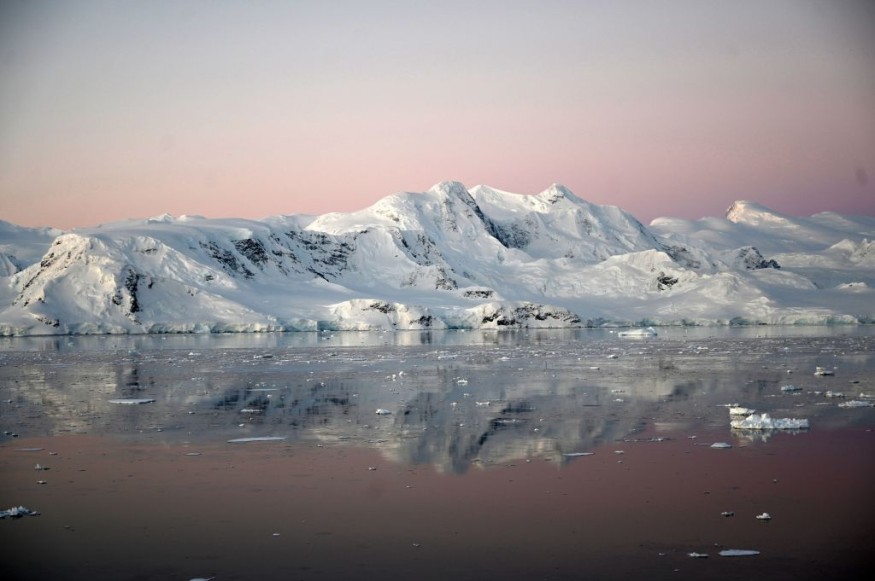The year 2022 has barely started, but we are facing more obstacles than ever. A huge volcanic eruption off the coast of Tonga, the prospect of war with Russia, the ongoing COVID-19 pandemic and its economic disruptions, are now happening. Despite that, historians are saying that year 536 is still the worst year to be alive.
Year 536: Worst Year in History?
In Egypt, Biblical records state that the ninth plague happened and cause complete darkness for over three days. But this is nothing compared to year 536 A.D., where the whole world was covered in complete darkness for over 18 months.
According to History, a mysterious fog rolled over Europe, the Middle East, and other parts of Asia. During the day, this fog blocked the sun causing temperatures to drop and crops to fail.
Byzantine historian Procopius said that the sun gave forth its light without brightness, like the moon, during the whole year. The mysterious fog that plunged all over the world turned the temperature drop to 1.5°C-2.5°C initiating the coldest decade in the past 2300 years.
Read more: The deadliest volcanic eruption in history
New 'Science' of Climate History
Historians now take a particular interest in subjects such as this because they can collaborate with scientists to reconstruct the past in new and unexpected ways.
According to Phys.org, "ultraprecise" analysis of ice from a Swiss glacier undertaken by archaeologist Michael McCormick and glaciologist Paul Mayewski at Climate Change Institute of The University of Maine in Orono has been a key to understanding just how harsh the climate change of 536 was.

Mayewski and his team are determined to look for the same eruptions in an ice core drilled in 2013 in the Colle Gnifetti Glacier in the Swiss Alps.
His team deciphered this record using a new ultra-high-resolution technique, in which a laser carves 120-micron slivers of ice, representing just a few days or weeks of snowfall, along with the length of its core.
UM volcanologist Andrei Kurbatov says that each of the samples is analyzed for about a dozen elements. The approach enabled the team to pinpoint storms, volcanic eruptions, and lead pollution down to the month or even less, going back 2000 years.
At a workshop at Harvard this week, the team reported that a catastrophic volcanic eruption in Iceland spew out ashes across the Northern Hemisphere. Followed by two other massive eruptions in 540 and 547, according to Science.
McCormick said that it was a pretty drastic change, and ancient witnesses 'were not being hysterical or imagining the end of the world.' He also said that it was the beginning of one of the worst periods to be alive, if not the worst year.
Some historians-including Kyle Harper, Jared Diamond, and Geoffrey Parker-use developments in this growing field to construct whole pragmatic narratives about the rise and fall of specific societies.
Provost, and a medieval and Roman historian at The University of Oklahoma in Norman Kyle Harper, to him, the detailed log of natural disasters and human pollution was frozen into the ice that gives us a new kind of record and understanding. As per Science
Read More: 'Mysterious' volcanic eruption that plunged Europe into The Dark Ages pinpointed in Central America
© 2025 NatureWorldNews.com All rights reserved. Do not reproduce without permission.





